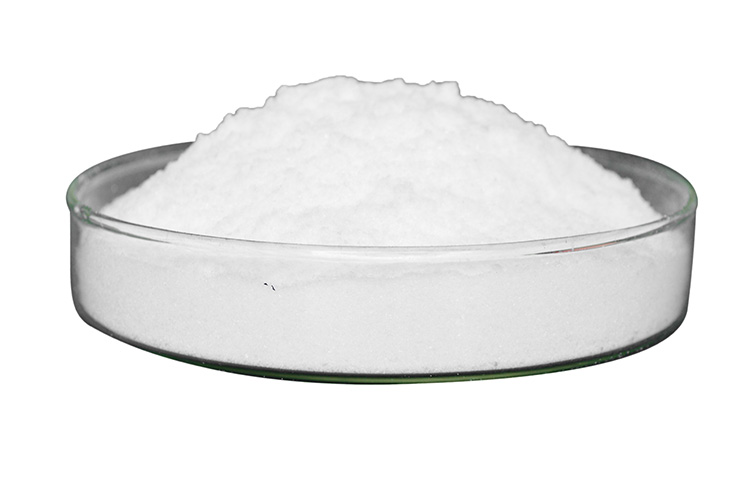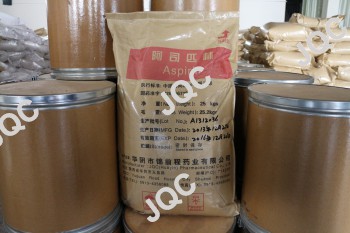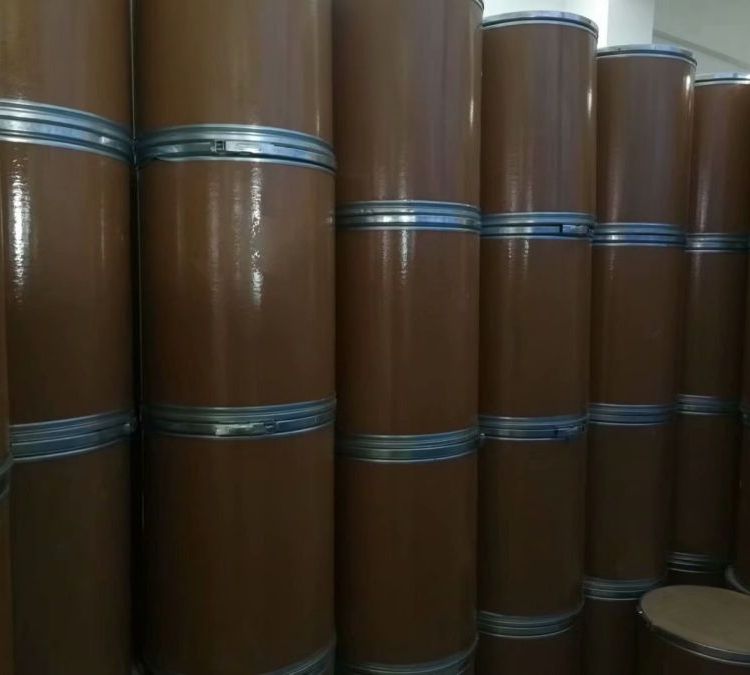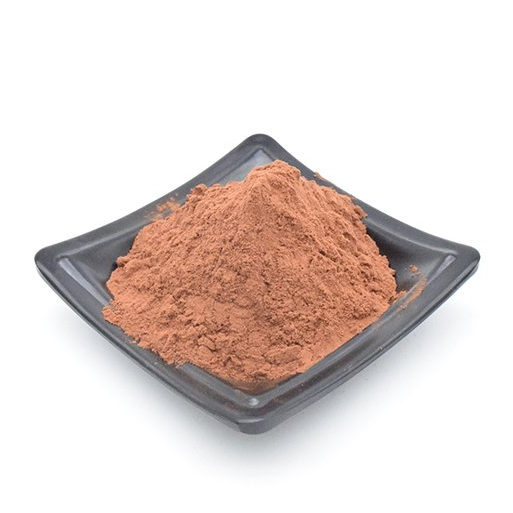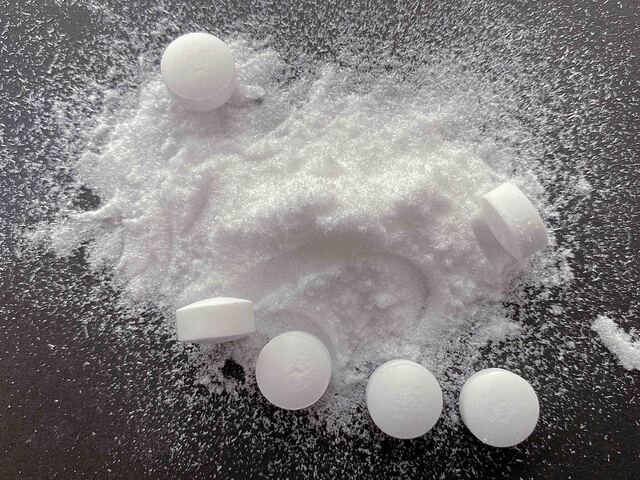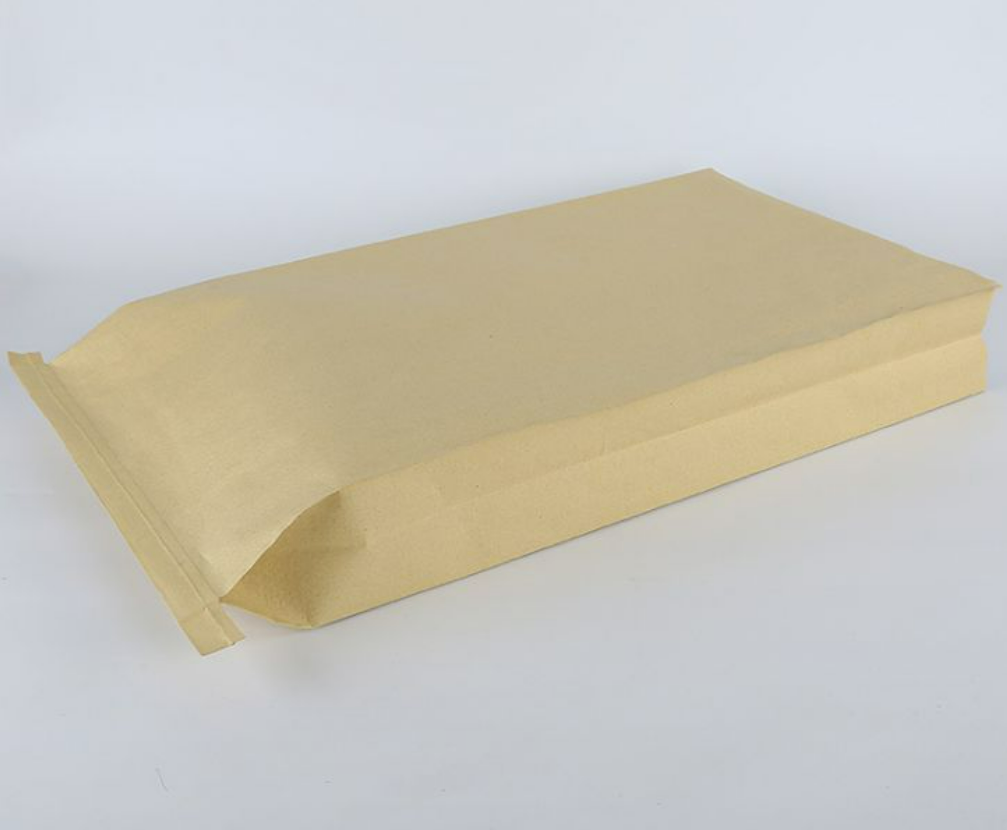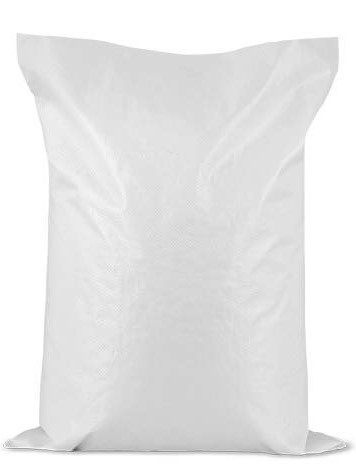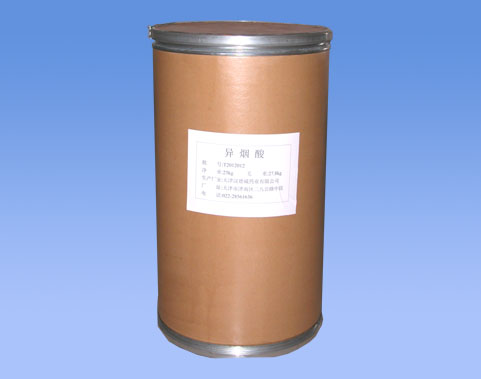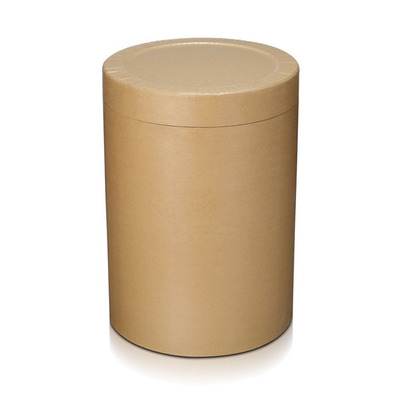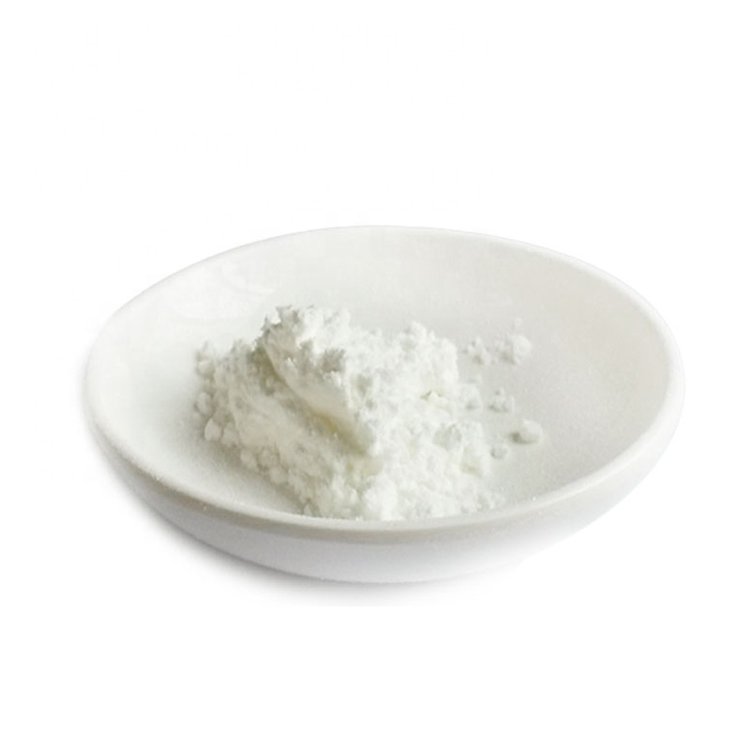Plant and Other Extracts
Find
588
related chemicals for youAlias
More Information
2-Acetoxybenzoic Acid,O-Acetylsalicylic Acid,Asa; Ecm; Benzoic acid,2-(Acetyloxyl)-Salicylic acid Acetate; Asa; O-Acetyl Salicylic Acid; O-Acetylsalicylic Acid; Ronal; Acetylsalicylic Acid; Novid; Bayer; 2-(Acetyloxy)Benzoic Acid; 2-Acetoxybenzoic Acid; Aspr; Aspec; 2-Acetoxybenzoic Acid,O-Acetylsalicyl; Benzoic Acid, 2-(Acetyloxy)-; Adiro; Aspro; Xaxa; Aspirin bp
Brief Introduction
Aspirin, also known as acetylsalicylic acid, is a non steroidal anti-inflammatory drug, which was first used for anti-inflammatory and analgesic. Later scientists found that aspirin can prevent platelet aggregation to achieve antithrombotic effect. With the deepening of aspirin research, many new uses have been found, such as aspirin can reduce the mortality of myocardial infarction and stroke, and can also reduce the risk of colorectal cancer.
Suppliers
View More Vendors (3) >
CAS:520-26-3
Molecular Formula:C28H34O15
Alias
More Information
7-(2-O-(6-Deoxy-Alpha-L-Mannopyranosyl)-Beta-D-Glucopyranosyloxy)-2,3-Dihydro-4',5,7-Trihydroxyflavone; 7-[[2-O-(6-Deoxy-Alpha-L-Mannopyranosyl)-Beta-D-Glucopyranosyl]Oxy]-5-Hydroxy-2(S)-(4-Hydroxyphenyl)-4H-1-Benzopyran-4-One; Citrus-Hesperidin; Hesperetin-1-Rhamnosido-D-Glucose; Hesperetin-7-O-Rutinoside; Hesperetin-7-Rutinoside
Brief Introduction
This product can reduce the fragility and permeability of capillaries, and can be used in the adjuvant treatment of hypertension and capillary hemorrhagic diseases. It has the function of anti inflammation, anti-virus, preventing frostbite and inhibiting the aldehyde reductase of rat lens.
Suppliers
View More Vendors (3) >
Benepure Pharmaceutical Co.,Ltd.
ASSAY 92%(HPLC), MICRONIZED
/
-
CAS:5328-37-0
Molecular Formula:C5H10O5
Alias
More Information
L-(+)-Arabinose; Aldehydo-L-Arabinose; Dl-Arabinose; (2R,3S,4S)-2,3,4,5-Tetrahydroxypentanal; L (+) - gum Aldose; Pectose
Brief Introduction
L-arabinose is a naturally occurring isomer and a component of plant polysaccharides. Most bacteria contain inducible arabinose operons that encode a series of enzymes and transporters that allow L-arabinose to be used as the sole carbon source in microbial cultures.
Suppliers
View More Vendors (3) >
CAS:55-22-1
Molecular Formula:C6H5NO2
Alias
More Information
4-Pyridinecarboxylic Acid; Pyridine-4-Carboxylic Acid; 4-Pyridinecarboxylic Acid For Synthesis; Isonicotinic Aci; 66 Kda Neurofilament Protein; Anti-Ina (Alpha Internexin) (Center) Antibody Produced In Rabbit; Nef5; Neurofilament 5; Pyridine-4-Carboxylic Acid, 4-Carboxypyridine
Brief Introduction
Used as a pharmaceutical intermediate, mainly used in the production of isoniazid for anti tuberculosis drugs, and for the synthesis of derivatives of amide, hydrazine and ester.
Suppliers
View More Vendors (3) >
CAS:56-75-7
Molecular Formula:C11H12Cl2N2O5
Alias
More Information
Chloromycetin; Chlornitromycin; Levomycetin; 2,2-Dichloro-N-[(1R,2R)-1,3-Dihydroxy-1-(4-Nitrophenyl)Propan-2-Yl]Acetamide; 2,2-Dichloro-N-[(1R,2R)-2-Hydroxy-1-(Hydroxymethyl)-2-(4-Nitrophenyl)Ethyl]Acetamide
Brief Introduction
Chloramphenicol is a broad spectrum antibiotic introduced into clinical practice in 1948, but which was subsequently shown to cause serious and fatal aplastic anemia and is now used rarely and reserved for severe, life-threatening infections for which other antibiotics are not available. Chloramphenicol has also been linked to cases of acute, clinically apparent liver injury with jaundice, largely in association with aplastic anemia.
Suppliers
View More Vendors (3) >
Inquiry (
10
/ 10
)
Clear All
You can inquire for up to 10 products at a time
Sign In
Error!

